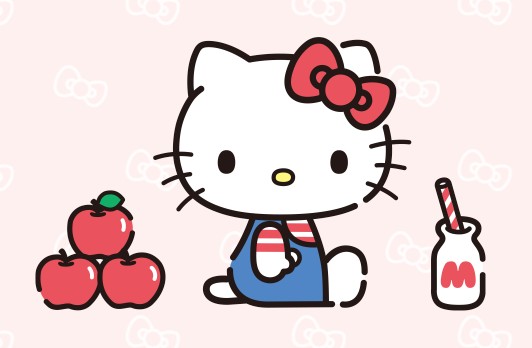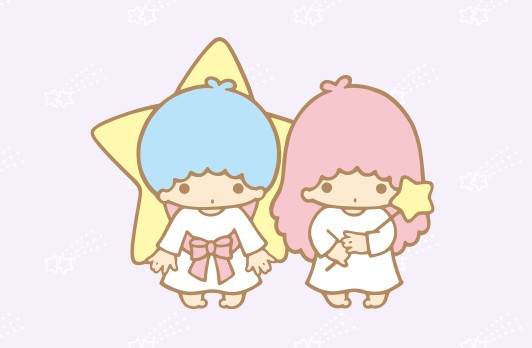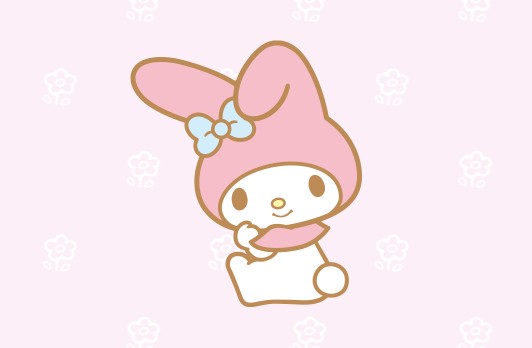
I don't believe the Sanrio characters are from any picture books or animations. They have no stories, however, but they have profiles with information such as their birthday, favorite food, hobbies, and so on. For example, Hello Kitty weighs as much as three apples and stands five apples tall. They stand for the kawaii ("cute") segment of Japanese pop culture, and Hello Kitty is perhaps the most famous among them.

My favorite is Little Twin Stars.

Of course, My Melody is popular as well.

During the 70s, all young girls admired them and had stationery featuring them. However, their popularity declined in the early 80s. I recall reading an article in which Hello Kitty was reported to have gained appeal in Western gay culture, which I believe occurred in the late 80s.
That was, in my opinion, the catalyst for Sanrio's strategic reevaluation and return. The 90s saw the rise of kawaii culture, and Sanrio now appeals to a broad demographic that is not limited by age, gender, or location. Since then, their popularity has grown steadily.
My son and I visited Sanrio Puroland almost twenty years ago. It was really amazing. (To be honest, I wasn't expecting much and only intended it as a fun diversion for him.) It's a not-so-large indoor theme park located on the outskirts of Tokyo, dedicated to the beloved characters of Sanrio. It offers a variety of attractions, shows, and parades. The parade's music, dancing, costumes, and content were all excellent. Amon Miyamoto, one of Japan's leading stage directors produced a fantastic show. It was an unexpectedly wonderful memory.
I heard that Kanye West visited there as well. He's never performed a concert in Japan, but has been to Japan several times. I guess he's unwilling to give a performance in Japan given how weak the yen is, but I think he's indeed a connoisseur of all things Japanese to make a trip to Sanrio Puroland.
Sanrio is very cute! I am happy it is popular again.
I love Sanrio characters! Particularly Keroppi 💚and Tuxedo Sam 💙 I can't have enough cute stationery with them haha And I think you are right that it's not limited by gender, age or location.
This was so fun to read, I enjoyed learning more about Sanrio. I want to go to Puroland!
@languagewhorder I agree!
@Lucy77 Keroppi 💚 and Tuxedo Sam 💙 ! You know Sanrio very well! My son says he likes Badtz-Maru 🖤
@ruby I highly recommend Puroland! ぜひ!
Akiko, you completely misunderstood. In your original sentence, but has been to Japan several times personally , that personally means himself.
For example, Mark went there himself.
Uly pointed out that personally is redundant there. In fact, Uly said "how else if not personally". So I made a joke, hinting at the possibility that when Kanye West appears in public, it may be a lookalike. Did you get the joke now? Personally has nothing to do with being in the loop.
My little brother is a bit of a conspiracy theorist and he's convinced that the Kanye we see is a clone. I, personally, can't stand him walking or running... and that includes his clone.
🤣🤣🤣
@Simone- @CocoPop Alright, I do actually understand this time. I assumed the meaning of personally was virtually equivalent to 個人的, however it appears to be incorrect. Thank you for clarifying!
I know Kanye just through his music and have little idea about his personality, yet he appears to be a controversial figure.